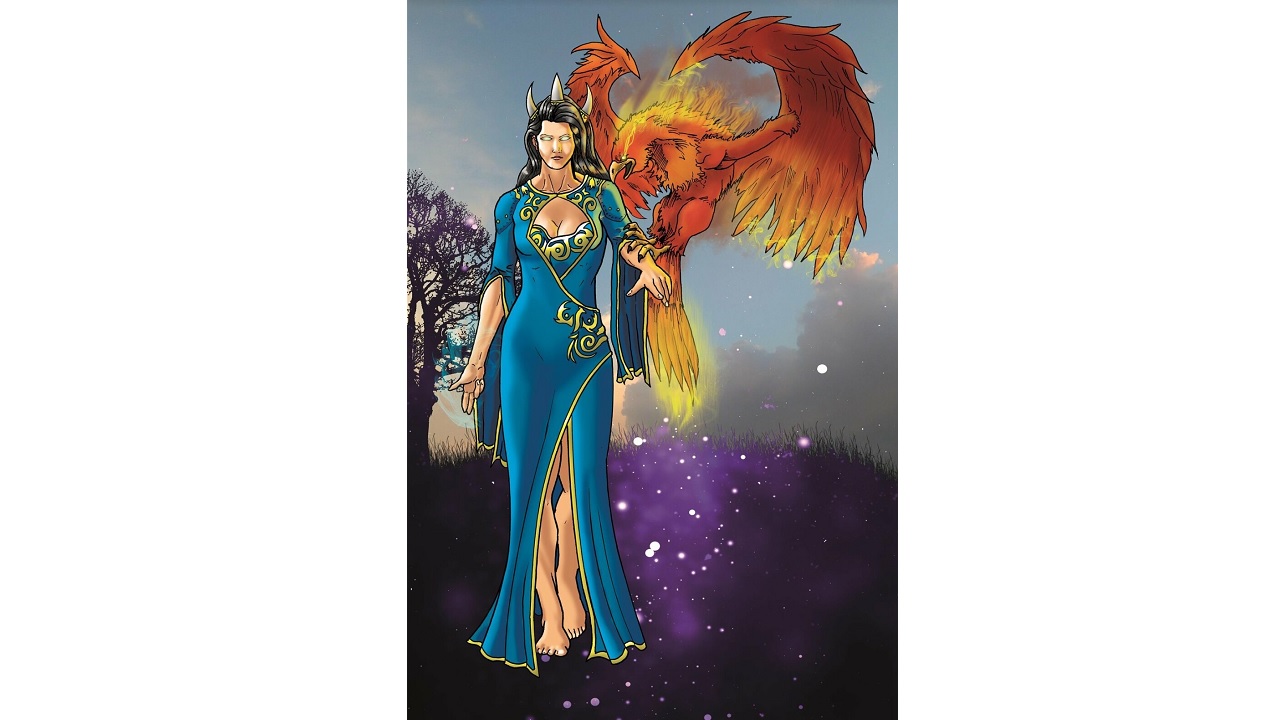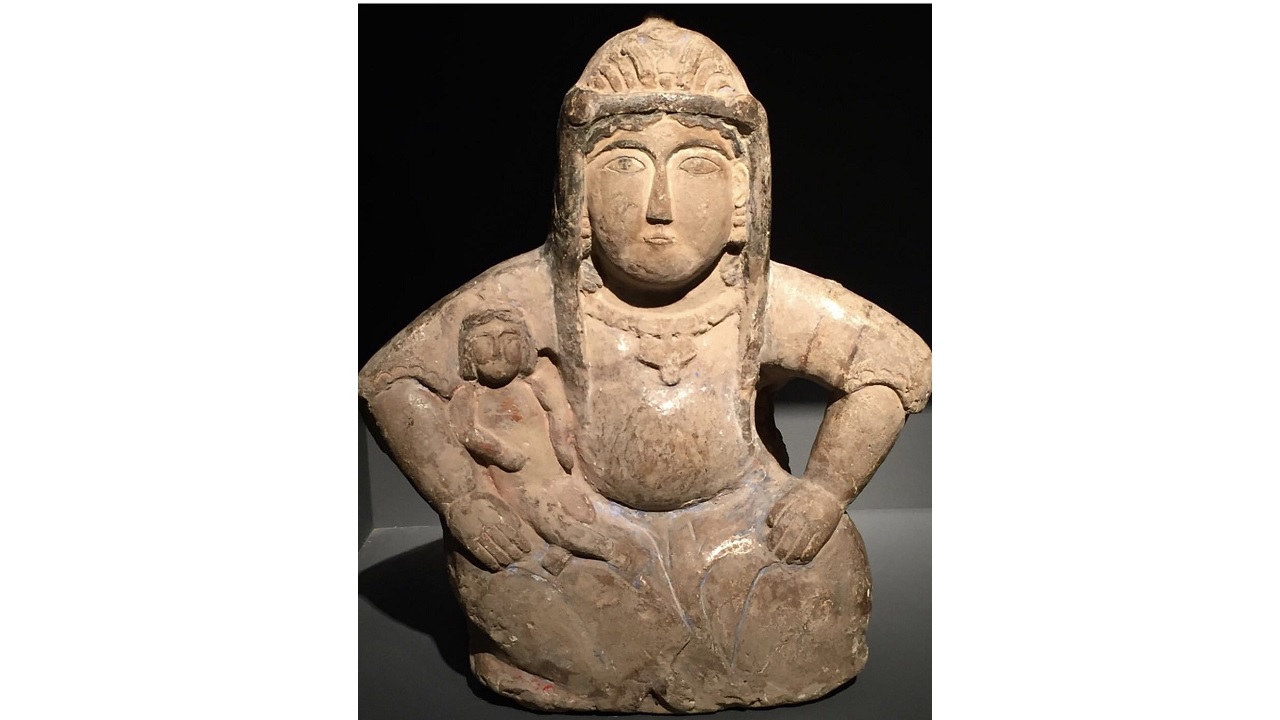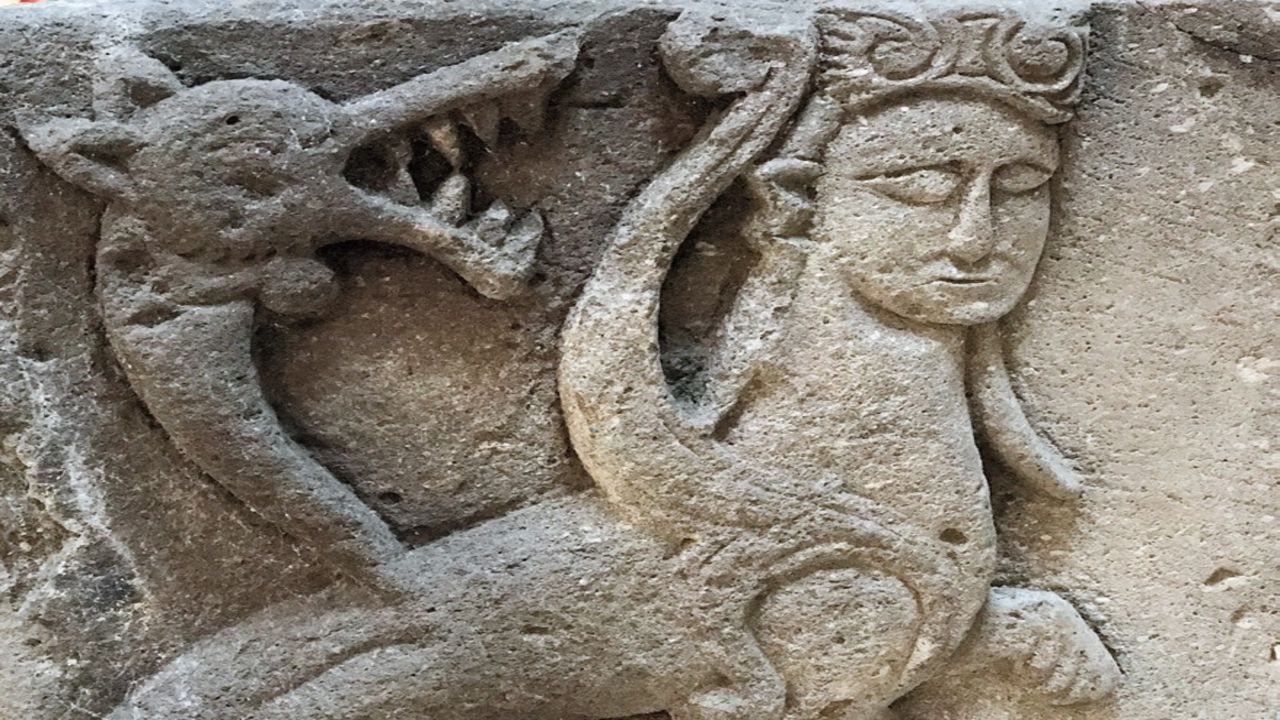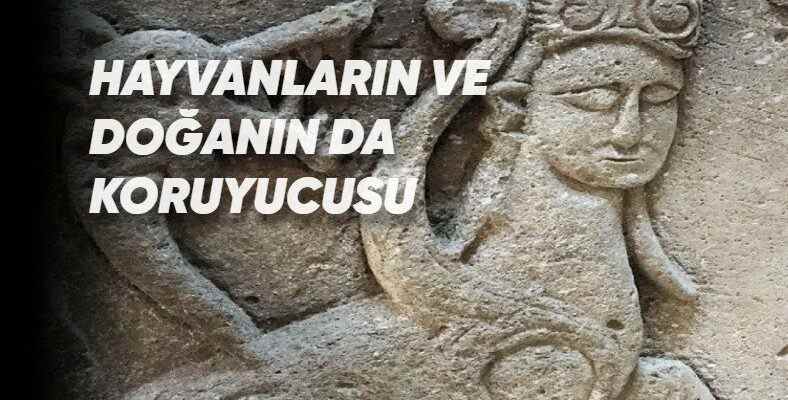Umay Ana, one of the most important figures after the main god in ancient Turkish mythology; He would give children to anyone who wanted them, and protect children and women who had just given birth. Let’s take a closer look at who is Umay Ana, whose name is mentioned even in the oldest Turkish inscriptions, and see some of the folk tales she is told.
We have an ancient mythology of thousands of years that has even inspired many cultures, even though we have begun to forget because it has not been integrated into popular culture and most of the time what has been written about it remains only at the academic level. A part of the Göktengri religion and what we call mythology today. If a character named Umay Ana described in these stories is He is one of the most important figures after the main god.
We can call Umay Ana a mythological character, a supernatural being and even a goddess. Because in different stories it is mentioned that he gives children to women who want, and protects these children and postpartum women who have just given birth. In fact, she is not only the protector of children and women, but also of animals and nature. Bride Umay Ana Let’s take a closer look at who and let’s see some of the folk tales it is told.
- Drawing: Bartu Bölükbaşı
First of all, what does Umay actually mean?
Before talking about Umay Ana, it would be more accurate to go down to the etymological origin of the word umay. Umay word in Turkish hope, wish, scare It is derived from the root words um / om. It also means ethene, that is, placenta. Oma, which is also derived from this root, means target. Omay means elite. Umay means womb in Mongolian. In other words, when we look at all these meanings, umay and fertility have always had a related meaning.
So, who is Umay Ana in Turkish mythology?
Umay Ana in Göktengri religion and Turkish mythology; is a supernatural being, protector, goddess, possessor and spirit. Umay Ana, who is also defined as the fertility goddess; It is the protector and supporter of women, children, animals, baby animals and the nature they are associated with. It is the Turkish mythology equivalent of the mother earth and mother goddess figure that we encounter in different cultures and mythologies.
It is possible to encounter Ana Umay even in the oldest Turkish inscriptions:
One of the Gokturk Inscriptions, which is the oldest known inscription of thousands of years of ancient Turkish history. It is seen that the name of Umay Ana is mentioned in the Tonyukuk Inscription. In the 38th line of the inscription, which was written in the Göktürk alphabet in the 8th century, Umay Ana is mentioned with the following words;
“Those who came said it was hard, but they didn’t feel it. I think God Umay, Holy Place and Water helped. Why are we running?”

The goddess who gives birth to children and protects them:
Umay Ana is also referred to as Ak Ene in some creation stories. For he is only unborn children, postpartum women who have just given birth and it is not only the protector of children until puberty, but also a power that can give children. It is known that in Yakut Turks, couples who do not have children want children from Umay Ana through shamans.
Among Yakut Turks, Umay Ana is a goddess known as Ayisit. a woman without children, He consults a White Shaman to contact the goddess. The White Shaman prays to Ayisit and sacrifices a sacrifice for him. It is also believed that those who pray to Mother Umay will have a son.
Umay Ana is embodied with the placenta:
According to a story told, Mother Umay and the child in the womb are together. When the child is afraid to ask who will protect him when he is born Umay Ana, that her mother will protect her, He says he will protect them both. In other words, Umay Ana makes contact with even unborn children and makes them happy.
The placenta, in which the baby stays for months after birth, also comes out after a while. According to belief, this is Mother Umay. Since this piece is believed to be sacred, it must be buried in a desolate place where no one will step foot. In some narrations, it is said that the infertile women sitting on this placenta will be given a child by Mother Umay.

Umay Ana lives in the skies, but sometimes descends to the earth:
Like many religious and mythological figures, Umay Ana lives in the sky. According to some of the works in which she is told, Umay Ana is middle-aged, she has three horns, she wears a white dress, her silver hair reaches the floor and shines light all around. He is the owner of the tree of life. It is therefore both the distributor and protector of life. He is often shown with a graceful horse or a swan by his side.
Umay Ana descends from time to time, but does not appear as depicted. Umay Ana descends to earth as a bird. This bird has been the subject of countless works and It is the huma bird, also called the bird of paradise. Sometimes it can descend to the earth as it exists in the heavens without changing its shape, but most of the time only shamans see this state.
If Umay Ana exists, there is life:
Umay Ana ensures that children are born, that is, she gives life to them. By being with them when they are born, they protect both them and the postpartum women who have just given birth. This also applies to puppies and their mothers. Umay Ana’s protective power over the child continues until adolescence, but sometimes it can end much earlier.
Umay Ana is not always remembered in a positive way. It can sometimes be referred to in a frightening way as the Bogeyman. because Umay Ana sometimes does not protect the child. An unprotected newborn child struggles with illness and sometimes even dies. According to the belief, if a baby is smiling while sleeping, it means that it is under the protection of Mother Umay. It is believed that Mother Umay does not protect that child if she gets cranky while she sleeps.

Over time, the value of Mother Umay in our culture has changed:
The value of Umay Ana, who is such an important figure in ancient Turkish mythology and Göktengri religion, in our culture has changed over time. Good features set aside and it became known only for its ‘Umacı’ feature. Even the fear of albastı, which is widely believed in Anatolia even today, spread for this reason. Umay Ana’s blessing has been changed to Fatma Ana’s Hand.
Of course, at this point, it is necessary to think deeply about Concepts such as religion and culture come into play. In other words, do we have to choose one of them, or do we have to make changes on the concepts of the other in order to make one forget? Of course, experts will answer these questions, but we need to think about why we know our thousands of years old mythology so much less than Greek and Scandinavian mythology.
One of the most important figures of ancient Turkish mythology. By answering the question who is Umay Ana We talked about some folk tales involving the mother goddess. You can share your thoughts about Umay Ana and Turkish mythology in the comments.
You can read the interesting characters of Turkish mythology in this content:
RELATED NEWS
